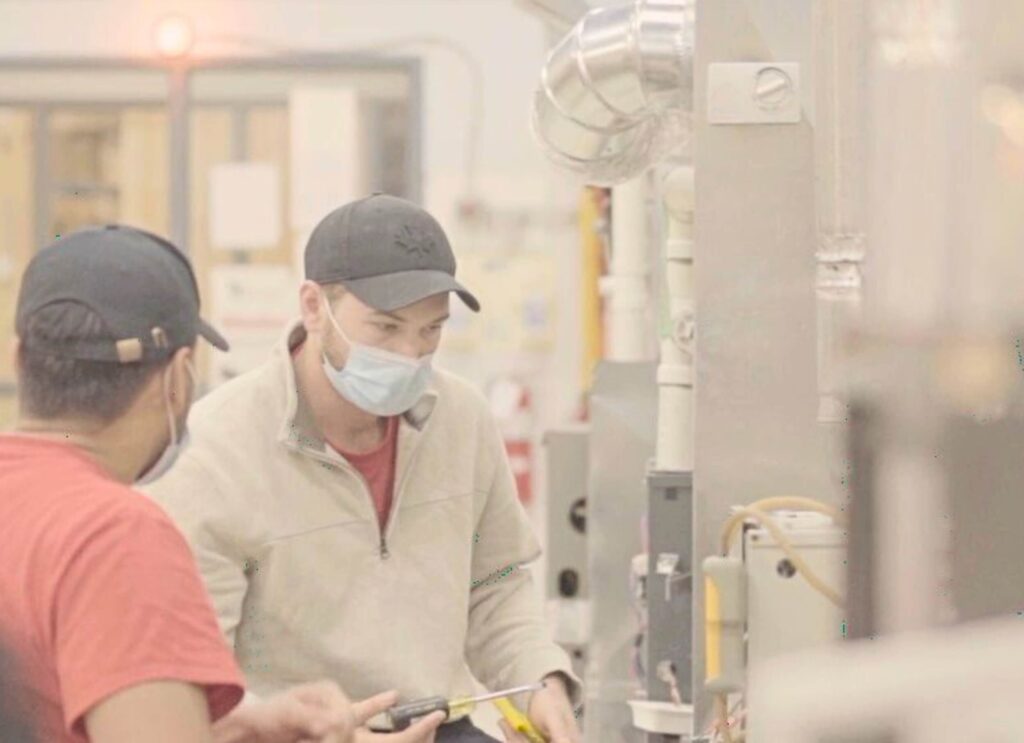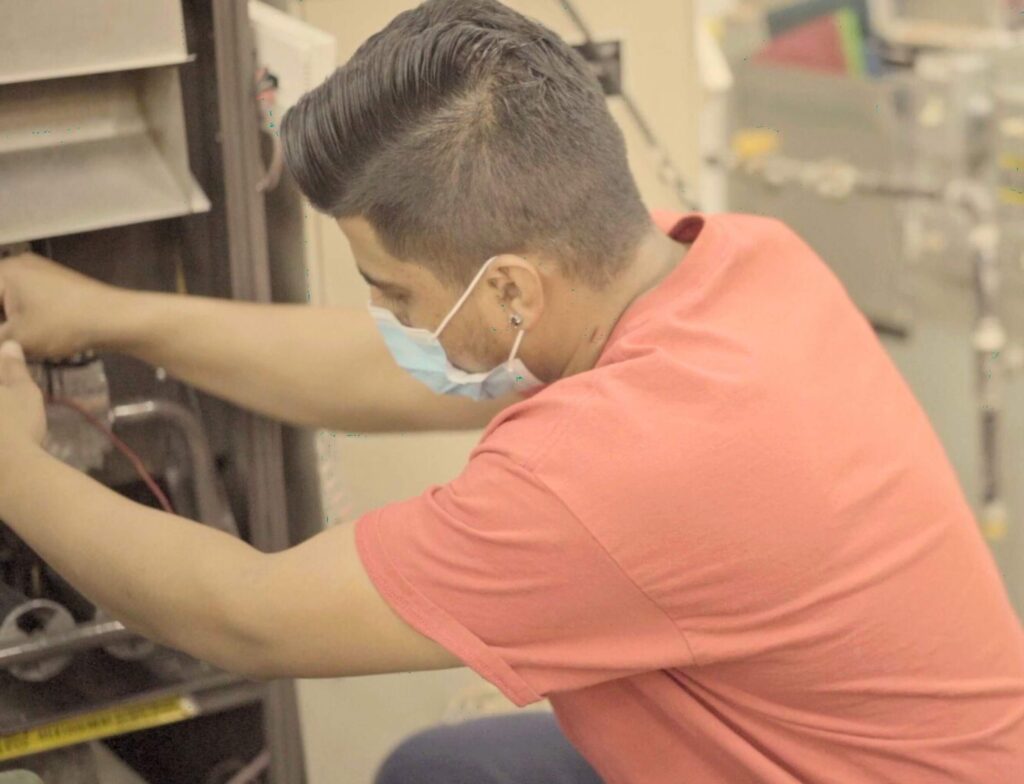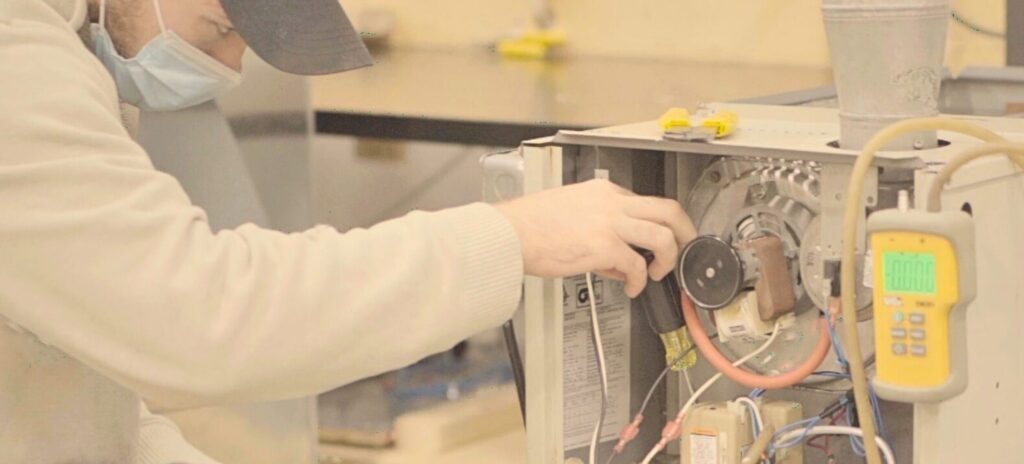
Just as the saying goes, to know where something is going, you have to know where it’s been. For students just starting their HVAC technician training, exploring and understanding the history of HVAC systems is crucial. It provides valuable context for their studies and sets the pace for future endeavours.
HVAC technology has seen substantial advancements, transforming how we manage indoor heating, cooling, and ventilation. These innovations improve our living and working conditions and prepare us to meet the demands of future climate challenges. Because of this, it is important to look back at where it all began. Let’s explore a brief history of HVAC.
HVAC Technician Training Explores Its Ancient Origins
Our forebears were already developing basic HVAC systems before the first HVAC technician training program was even created. The ancient Romans represent a significant example of early recorded instances of designing heating and cooling systems.
In a system that has now been termed and acknowledged as a “hypocaust,” the Romans used to circulate hot air underneath their floors using a specific technique. The air was channeled through raised pillars, warming the room and delivering essential indoor comfort for its occupants.
The Romans were not alone, the Egyptians also used an interesting technique to cool indoor spaces. The use of wet reed mats to provide indoor cooling, which was then considered a unique evaporating cooling technique, harnessed the natural cooling effect of water evaporation.

How the Industrial Revolution Influenced Early HVAC Development
The advent of the Industrial Revolution in the 19th century sparked many significant advancements in heating and ventilation technology, especially steam heating. As industrial innovation and technology continued to pick up steam, so did steam heating systems.
These steam heating systems depended on boilers to heat water and channel steam through pipes leading to radiators. These radiators then dispersed the heat across strategically placed openings to warm the rooms. Concurrently, mechanical ventilation systems became prevalent in Western homes, significantly advancing residential climate control.
When Willis Carrier invented the first mechanical air conditioning unit in 1902, a new dawn in indoor climate control/conditioning beckoned. The entry of refrigerants, such as freon, in the 1930s would later boost the operational quality and efficiency of air conditioning systems, changing the game.

The Effect of Contemporary Technological Advancements
Over the past two centuries, HVAC technology has advanced quickly due to progress in engineering, materials science, and environmental consciousness. Innovations began with the introduction of freon-like refrigerants and were followed by advancements in digital controls, the integration of renewable energy sources, and improvements in energy efficiency. Such advancements include inventions like programmable thermostats for energy efficiency and the integration of smart HVAC controls for remote monitoring and automation.
The HVAC industry’s focus has shifted entirely towards energy efficiency and sustainability. Smart HVAC controls and eco-friendly refrigerants are becoming more common, with innovative solutions continually emerging.
Students in our HVAC college learn all about these innovative solutions, with their coursework now focusing on things like renewable energy systems and energy-efficient HVAC technologies.
Students from our training program applaud the quality of education and support they get. Jason Boyer is one of those students and a now-practicing technician. In his words, “I choose NATS because it is a hands-on school; they teach you what you need to know and you apply the knowledge in the lab, and there’s a lot of skilled technicians with the experience and know-how there.”
This emphasis on cutting-edge technology and sustainable practices ensures that our graduates, like Jason, are prepared to excel in their careers and lead the industry toward a greener future. At NATS, we pride ourselves on providing education that is both relevant and transformative, equipping students with the skills and knowledge to thrive in a rapidly evolving HVAC landscape.
Do you want to become an HVAC technician?
Contact NATS today to learn more.





